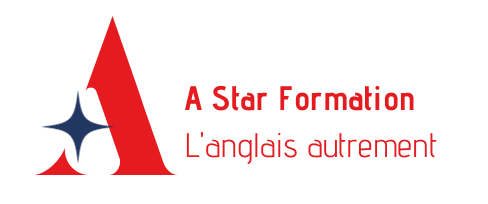When your company is multinational, or when you have clients or partners overseas, your teams need English for their work . The higher your workforce’s competences in English, the more competitive your company.
Tsedal Neeley, an associate professor of organisation behaviour at Harvard Business School, has written widely about the benefits of using English as the corporate language, arguing that businesses with strong English skills have a wider range of potential customers and a more diverse pool of business partners.
Unfortunately, France is still not doing well in workforce English proficiency rankings, as you can see in this table (although there has been improvement over the last few years.)
Poor internal communication has been proven to cost companies millions and if your teams are dealing with international counterparts on a daily basis, you need to know that their English communication is as precise, clear and fluent as possible. You also need to be sure that employees are not less productive because tasks in English are taking them too long, and that they can fully benefit from any internal training in English. (In my experience, employees are often sent to company headquarters for workplace training, but are not in a position to understand a full day of training in fast spoken English, which is a waste of time, money and resources for everyone involved.)
How can a language audit can give your company a competitive advantage? When you have key employees with a high level of English proficiency, you can increase productivity within your organisation and raise your position internationally. By carrying out a language audit, you can verify your employees’ existing skills and identify what specific language skills are needed for each job role: this helps you not only identify specific training needs for your plan de competences and to maximise your training budget, but also identify what English skills are necessary for future hires. You may also find that there are employees whose language skills are not being fully utilised.
A linguistic audit covers 3 steps:
- Analysis of the specific tasks each employee / position is required to do in English. (Presentations, attending conference calls, training, writing emails, dealing with clients…)
- Identification of current language skills and linguistic assets (people with strong language skills): this should be in relation to what employees actually need to do in their work. A Toeic score, based on reading and listening, doesn’t give enough information as employees are usually required to write and to speak as part of their jobs. A test such as Pipplet is easy to administer and gives an idea of speaking and writing levels (with a CEFRL level assessment.) Employees can also self-assess their linguistic strengths and weaknesses, or a language training company can carry out short interviews with all the staff.
- Identification of gaps between current language skills and the skills required to be efficient and productive. This will then make it very easy to decide on your language training plan. Remember that language training should not be one size fits all: you should be looking for training for the specific tasks that your employees need to do in English. Presentation skills training in English for those who present for example, or writing-focussed training for anyone who’s writing reports or social media posts in English. You may also need industry-specific English training. Language training is very often thought of as classroom-based school-like lessons but there is a lot more on offer.
A linguistic audit might seem like a daunting task to carry out, but it can be relatively smooth, depending on whether you do it yourself, ask employees to self-assess or engage an outside organisation to do it for you. It will make your task planning any linguistic training a lot easier and will benefit not only HR, but the employees and the company as a whole.
If you would like to download a free employee self-assessment questionnaire and a task analysis questionnaire, please follow this link.


